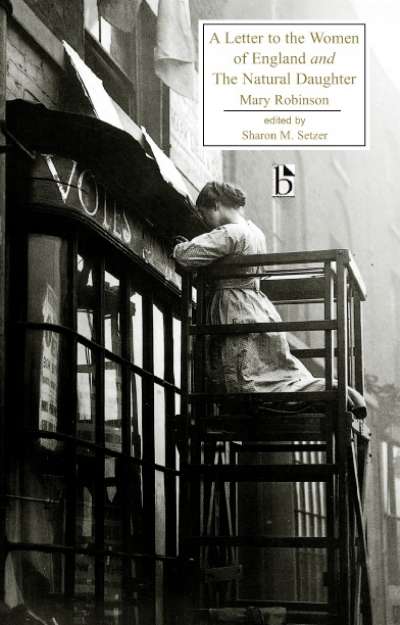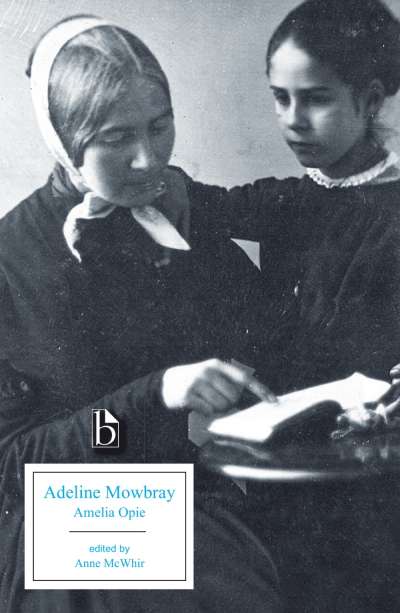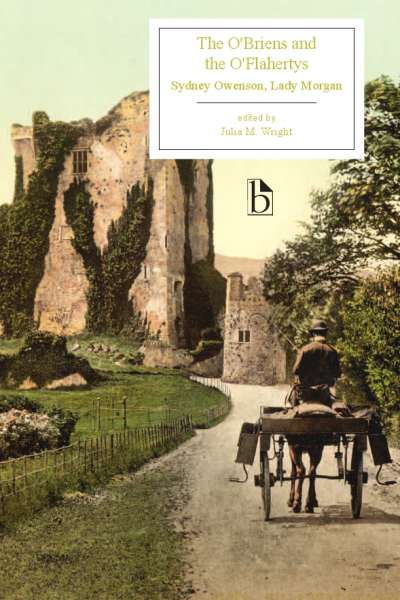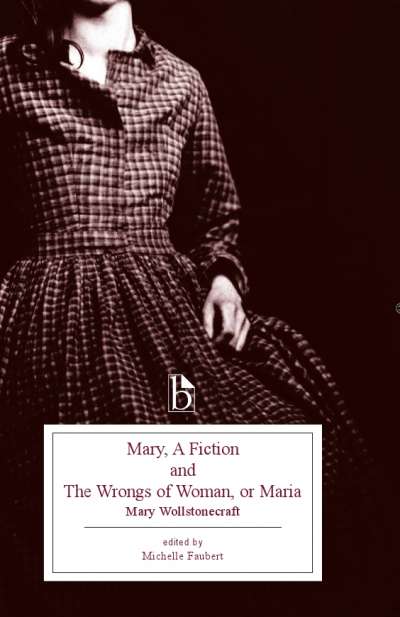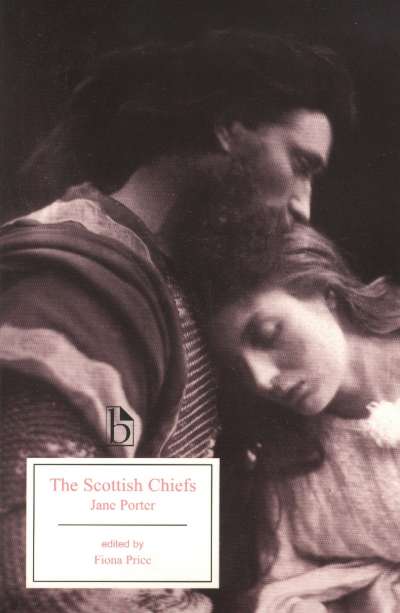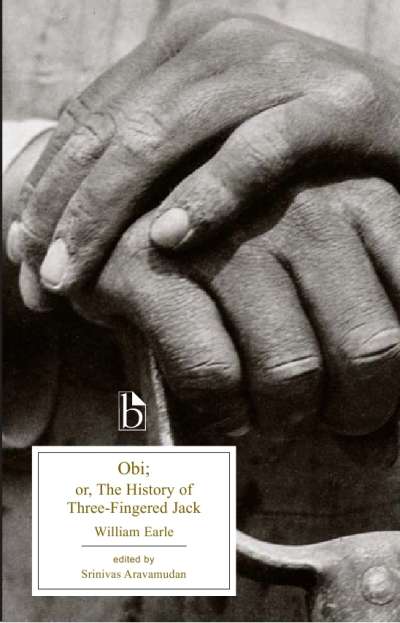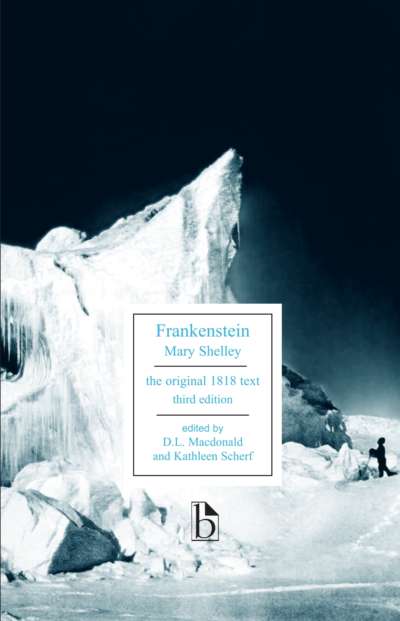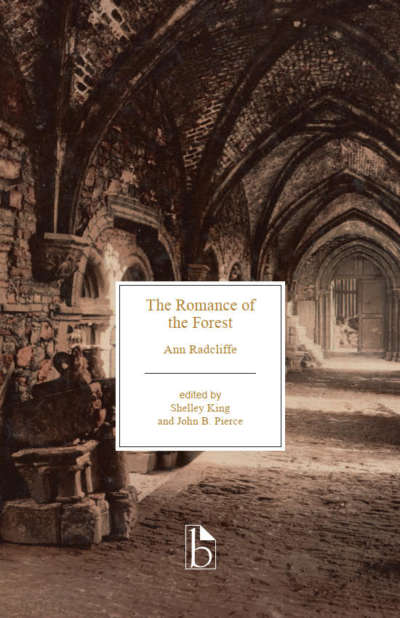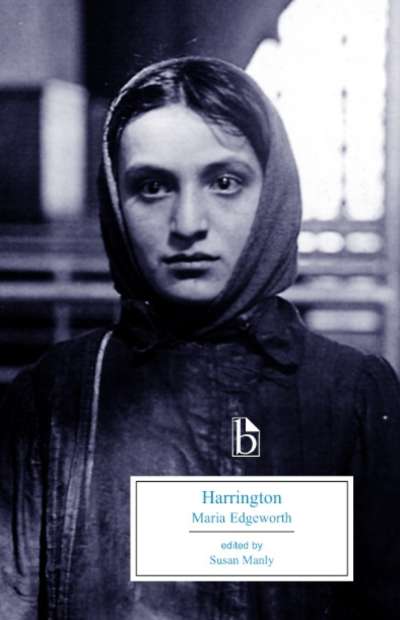Set in seventeenth-century India, The Missionary focuses on the relationship between Hilarion, a Portuguese missionary to India, and Luxima, an Indian prophetess. Both are aristocratic, devoted to their religions, bound by vows of chastity, and begin the novel biased against other cultures. This Broadview Literary Texts edition also includes extensive primary source appendices that situate the novel in relation to Irish, Portuguese and Indian history, as well as to the literature of sensibility and travel writing.
Comments
“Lady Morgan’s The Missionary is a haunting tale of cultural encounter and trans-racial romance set in early colonial India, whose tragic conclusion casts a sceptical light on the seemingly triumphant march of European imperialism. Morgan’s heroine Luxima exerted such a powerful effect on the imagination of the young Percy Shelley that he wrote ‘since I have read this book I have read no other—but I have thought strangely.’ In this splendid, extensively-documented edition, Julia Wright locates the novel in the historical context of British imperial consolidation in India, as well as in Morgan’s native Ireland in the aftermath of the Act of Union. It is essential reading for anyone interested in Romantic Orientalism, Ireland, and the development of the early nineteenth-century novel.” — Nigel Leask, Queens’ College, University of Cambridge
“Not readily available until now, Sydney Owenson’s remarkable novel is given new life in this excellent edition. Set in the turbulent years of Spanish-Portuguese conflict in India, The Missionary is a devastating commentary on the pernicious effects of European colonialism and religious intolerance. Wright’s introduction expertly establishes the novel’s parallel meanings for Ireland and India under British rule. The supplementary historical and literary materials are comprehensive and well-selected, providing invaluable insight into the broad themes of The Missionary. Readers will welcome the timely publication of this extraordinary novel.” — Gauri Viswanathan, Columbia University
Acknowledgements
Introduction
Sydney Owenson (Lady Morgan): A Brief Chronology
A Note on the Text
The Missionary: An Indian Tale
Explanatory Notes
Appendix A: Imperial Administration and Religious Difference
- From François Bernier, Bernier’s Voyage to the East Indies (1671-72)
- From Alexander Dow, “A Dissertation concerning the Customs, Manners, Language, Religion, and Philosophy
of the Hindoos” (1768)
- From Alexander Dow, “Dissertation on the Origin of Despotism in Indostan” (1772)
- From [Quintin Craufurd], Sketches Chiefly Relating to the History, Religion, Learning, and Manners of the Hindoos
(1790)
- From Sir William Jones, Preface to Institutes of Hindu Law: Or, the Ordinances of Menu (1796)
- From Sydney Owenson, Patriotic Sketches of Ireland (1807)
- “Extract from the Minutes of the Court of Directors” (1809)
- From J. J. Stockdale, Preface to The History of the Inquisitions (1810)
- From Charles Grant, Observations, On the State of Society
Among the Asiatic Subjects of Great Britain (1813)
- From James Mill, History of British India (1817)
- From Rev. of Lady Morgans Dramatic Scenes from Real Life and “Illustrations of the State of Ireland” (1833)
- From George Salmon, The Indian Mutiny and Missions: A Sermon (1857)
Appendix B: Reviews of and Responses to Owenson’s Writing
- From Rev. of Woman: Or, Ida of Athens, Quarterly Review (1809)
- From Rev. of The Daughters of Isenberg: A Bavarian Romance, by Alicia Tindal Palmer, Quarterly Review (1810)
- Rev. of The Missionary, British Critic (1811)
- From Rev. of The Missionary, Critical Review (1811)
- From Rev. of France, Quarterly Review (1817)
- “Glorvinas Warning,” Blackwood’s Edinburgh Magazine (1819)
- From Rev. of The Life and Times of Salvator Rosa, Edinburgh Review (1824)
- From Rev. of Dramatic Scenes from Real Life and “Illustrations of the State of Ireland,” Edinburgh Review (1833)
- From Henry F. Chorley, “Lady Morgan,” The Authors of England (1838)
- Rev. of Luxima, the Prophetess: A Tale of India, Literary Gazette (1859)
Appendix C: A Selection of Owenson’s Poetry from Poems (1801) and The Lay of an Irish Harp (1807)
- “The Lyre”
- “Sonnet”
- “The Sigh”
- “Retrospection”
- “Fragment I: The Irish Harp”
- “Fragment HI: To Mrs. Lefanue”
- “Fragment X: The Boudoir”
- “Fragment XXIV: To him who said, ‘You live only
for the World’”
- “Fragment XXX: The Minstrel Boy”
Select Bibliography
Julia M. Wright is Associate Professor of English at Dalhousie University. The editor of the Broadview Edition of The O’Briens and the O’Flahertys, she has published widely on Irish and Romantic literatures.


